What are pink bourbon beans? Brewing Story of Coffee Flavor in Huilan, Colombia
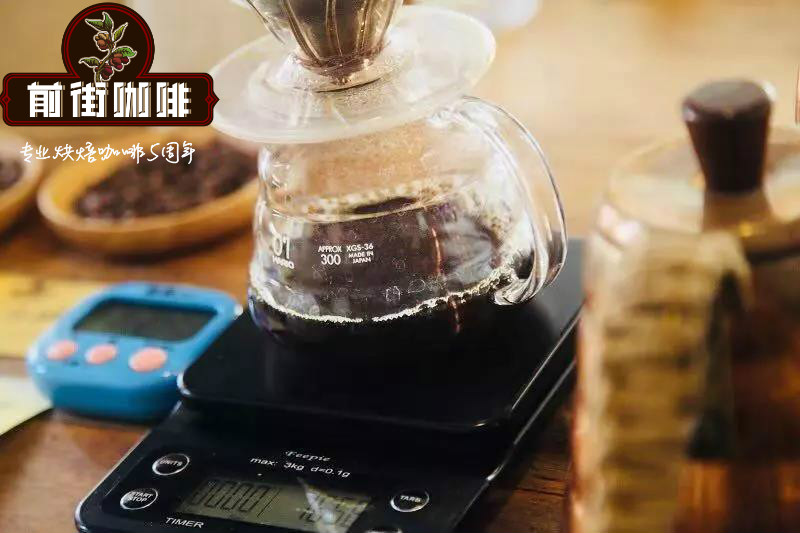
Professional coffee knowledge exchange more coffee bean information please follow the coffee workshop (Wechat official account cafe_style)
Pink bourbon is a rare breed of coffee that originated in Colombia. The pink bourbon on Qianjie Street comes from Huilan producing area, which is a very famous coffee producing area in the world, but this one is treated by semi-washing instead of washing, which is very interesting, so I tested this washed powder bourbon in a cup. There is the acidity of berries, accompanied by a hint of flowers, very fresh. The unique flavor of the virgin fruit is very outstanding, the honey-like sweetness is very high, and the juice-like taste makes Qianjie have to fall in love with this pink bourbon.
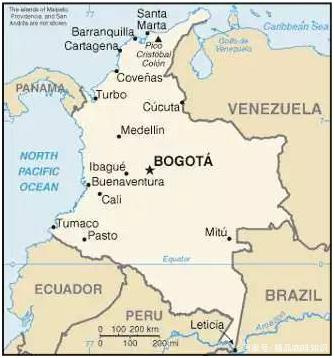
Colombia is the world's third largest exporter of coffee, mainly producing Arabica coffee and the largest exporter of Arabica beans. Colombia is rich in products, especially coffee, flowers, gold and emeralds are known as the "four treasures". Colombia is located in the northwest of the South American continent, bordering Central America and Panama. From the aerial view, it looks like it has been scratched by a cat on the west side, leaving three vertical paw marks from north to south. The country's famous producing areas are scattered in the Andes with fertile volcanic soil.
In 1808, a priest introduced coffee to Colombia for the first time from the French Antilles via Venezuela. Today, the country is the second largest coffee producer after Brazil, the world's largest exporter of Arabica coffee beans and the world's largest exporter of washed coffee beans. Colombian coffee is often described as silky and smooth. Of all the coffees, it is the most balanced, soft, smooth and ready to drink, and it has won praise that no other coffee can match: known as "green gold".
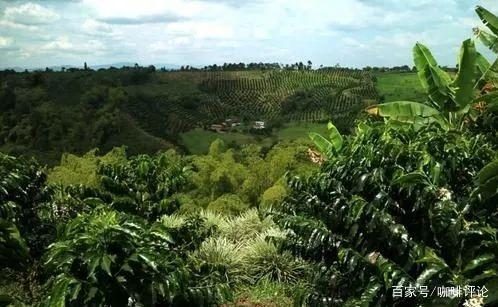
[Huila Huilan]
Huilan province, located in the southern part of the Central Mountains in southern Colombia, is the most famous boutique coffee producing area in the country. This area is a hilly land surrounded by mountains, planted more than 1500 meters above sea level, where the most important rivers in Colombia meet, bringing abundant water resources and moisture.
Contrary to the general impression that a large amount of Colombian coffee is balanced and smooth, the fine Goran products produced by many small farmers in micro batches are actually very characteristic of the flavor of the producing area. In recent years, with the attention to the quality of coffee and the demand for fine coffee in the international market, the original bean-size grading system has been gradually abandoned to micro-batch (Micro-regional selections) provided by small farmers in micro-production areas, and dozens of small farmers have provided their unit harvest into a micro-batch to sell, so they have more opportunities to measure by batch-by-cup. Directly pick out a lot of high-quality specific smallholder coffee.
Pink bourbon was first planted in Huilan producing area. at first, it was mixed with other bourbon and Kaddura, and then picked and treated separately. Coffee cherries show a romantic pink after ripening, but it is very rare to maintain this pink, because the color of coffee fruit is ultimately determined by the recessive genes in the pollen grains, which are to be crossed. There are both yellow genes that tend to yellow bourbon and red genes that tend to red bourbon, and these are recessive genes, which are very easy to interfere with each other, so pink bourbon is a very rare variety.
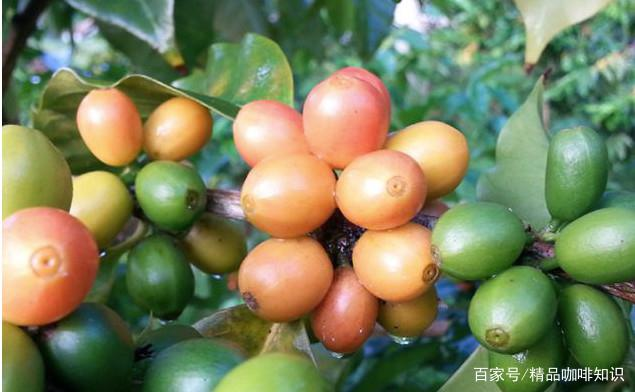
[pink bourbon variety]
Pink bourbon, as its name implies, its coffee cherries are romantic pink when ripe. It is a very rare new variety, which is bred by the cross between red bourbon and yellow bourbon. The reason why pink bourbon is rare is that it is difficult to maintain this beautiful pink, sometimes some orange bourbon will be harvested, that is because the color of coffee fruit is ultimately determined by the recessive genes in the pollen grains. Among the pollen grains we have selected for hybridization, there are both yellow genes inclined to yellow bourbon and red genes inclined to red bourbon, and these are all recessive genes, which are very easy to interfere with each other.
At present, pink bourbon can be seen in Colombia and Guatemala. Take this batch of pink bourbon coffee as an example, there are about 1800 coffee trees. Each tree produces about 1.8kg fresh fruit in the first production season. After peeling and pulp treatment, about 0.36kg coffee beans are obtained. In a normal production season, the output of this batch of coffee is less than 650kg.
[coffee bean treatment]
Semi-washing method (Semi-Washed)
The first step: first we start with picking. We can pick berries by hand or by machine.
The second step: screening, manual screening of berries, or large pool selection, the aim is to pick out the bad fruit.
The third step: beating, washing and cleaning the coffee berries while they are still on the farm after harvest, and beating with a small hand machine is simply de-pulping.
Step 4: wash the coffee beans in a basket and soak them in water for 1-2 hours, then rub each other to remove mucus. Some of the flesh will also remain on the coffee beans, which helps to increase the flavor.
Step 5: partially dry, spread out the washed coffee beans to dry to reduce excess moisture.
Step 6: collect, when the coffee beans leave the farm and are transported to the processing station.
Step 7: continue drying, and the washed coffee beans are spread out on a tarp to dry to further reduce moisture. It will take 1-5 days, depending on the weather conditions.
Step 8: peel the coffee beans and remove the dry mucus and skins all at once.
Step 9: finally dry, the coffee beans are returned to the drying ground to continue drying and turning, and then they are sorted and bagged and ready for transportation.
[for coffee beans]
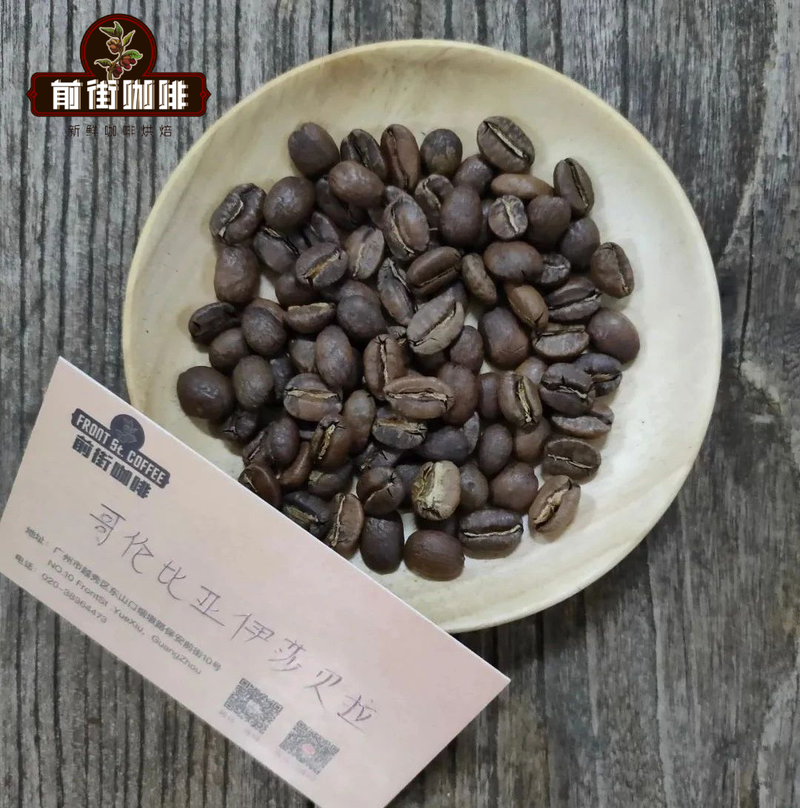
Front street coffee Colombian Isabella coffee beans
Columbia Huilan Isabella Coffee beans
Country: Colombia
Producing area: Huilan
Variety: pink bourbon
Treatment: semi-washing
Altitude: 1760m
[baking suggestion]
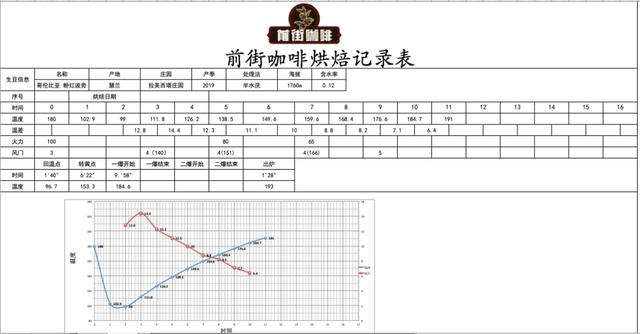
Furnace temperature to 180 ℃ into the pot, throttle open 3, firepower of 120; tempering point 1 temperature 390 ℃, firepower unchanged, throttle open to 4; at this time the bean surface turns yellow, the smell of grass completely disappears, entering the dehydration stage, firepower drops to 70 when firepower drops to 100180 ℃ at 176℃, throttle remains unchanged.
The smell of toasted bread has obviously changed to the smell of coffee, which can be defined as a prelude to an explosion. At this time, it is necessary to listen carefully to the sound of the explosion point. When the sound of the explosion starts, adjust the throttle to 5 (the tuning power should be very careful and not be so small that there is no burst sound). After an explosion, the development of 1 cup 39th 30 ", 191.5 ℃ into the pot.
[cup test results]
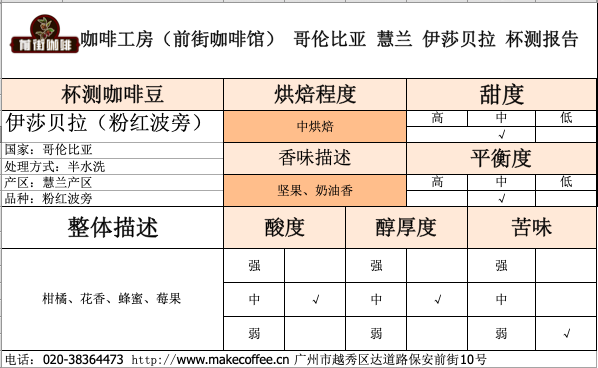
Front Street Coffee Columbia Isabella Cup Test results
Recommended cooking method: hand flushing
Filter cup: Hario V60
Water temperature: 90 ℃
Amount of powder: 15g
Powder / water ratio: 1:16
Degree of grinding: medium and fine grinding (BG 6k: 80% pass rate of Chinese standard No. 20 screen)
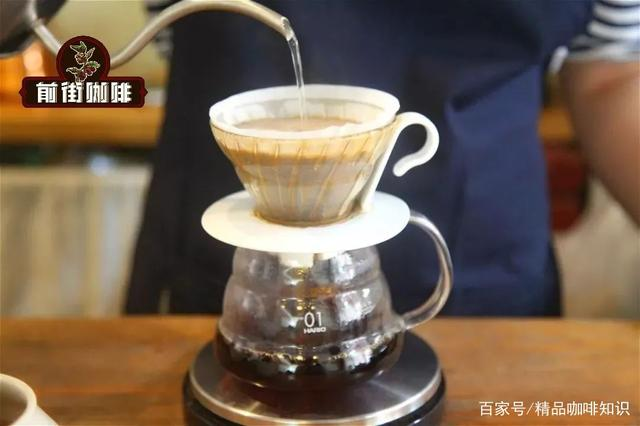
Cooking technique: stage-by-stage extraction
Front street coffee brewed Colombian Isabella coffee
Steam with 34 grams of water for 40 seconds, small water flow around the circle to 127 grams for stages, when the water level is about to expose the powder bed, continue to inject water to 240 grams to stop injection, and so on when the water level drop is about to expose the powder bed, remove the filter cup, (the time of steaming starts) the extraction time is 2 minutes 39 percent 00 ".
Cooking flavor: the entrance has citrus, berry, virgin fruit, under the change of temperature, there is honey sweetness, the aftertaste is floral, the taste is smooth and clean.
END
Important Notice :
前街咖啡 FrontStreet Coffee has moved to new addredd:
FrontStreet Coffee Address: 315,Donghua East Road,GuangZhou
Tel:020 38364473
- Prev

Bali Coffee Bean-Golden Coffee is famous overseas as Indonesia's national treasure.
Professional coffee knowledge exchange more coffee bean information please follow the coffee workshop (Wechat official account cafe_style) Bali public beans coffee beans, read yesterday's popular science article dear, Arabica is a variety of coffee beans, not a kind of coffee, want to know, this coffee variety, according to the local factory, for every 300kg coffee beans, only
- Next
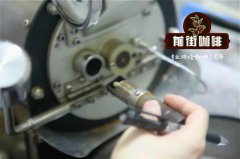
High quality Caribbean Coffee Blue Mountain Coffee rating how to drink Blue Mountain Coffee?
Professional coffee knowledge exchange more coffee bean information please follow the coffee workshop (Wechat official account cafe_style) Jamaican coffee beans have a long history. In 1728 the then British Governor Nicholas Lowe Sir Nicholas Lawes imported coffee from French Martinique Island to Jamaica. As the local climate is very suitable for growing coffee beans, buy it after nine years of introduction.
Related
- Does Rose Summer choose Blue, Green or Red? Detailed explanation of Rose Summer Coffee plots and Classification in Panamanian Jade Manor
- What is the difference between the origin, producing area, processing plant, cooperative and manor of coffee beans?
- How fine does the espresso powder fit? how to grind the espresso?
- Sca coffee roasting degree color card coffee roasting degree 8 roasting color values what do you mean?
- The practice of lattes: how to make lattes at home
- Introduction to Indonesian Fine Coffee beans-- Java Coffee producing area of Indonesian Arabica Coffee
- How much will the flavor of light and medium roasted rose summer be expressed? What baking level is rose summer suitable for?
- Introduction to the characteristics of washing, sun-drying or wet-planing coffee commonly used in Mantenin, Indonesia
- Price characteristics of Arabica Coffee Bean Starbucks introduction to Manning Coffee Bean Taste producing area Variety Manor
- What is the authentic Yega flavor? What are the flavor characteristics of the really excellent Yejasuffi coffee beans?

